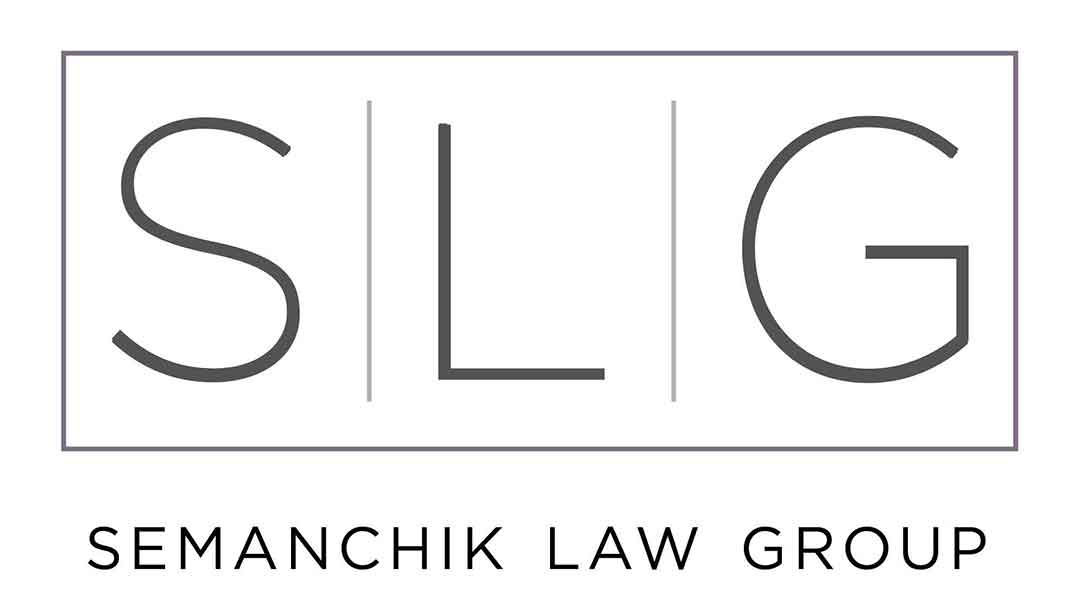If you are a business owner, you should have a harassment policy in place to protect yourself and your business. Federal and state law make sexual harassment illegal in California (see here). Semanchik Law Group will take you through the basics of what to be thinking about when you consider what to put in your harassment policy. For a more in-depth conversation, reach out and Semanchik Law Group will assist you.
Key Information to Include in Your Company’s New Harassment Policy
In today’s world, it has never been more important for California businesses and nonprofits to have an effective harassment prevention policy. But what information should you include in such a document?
Statement of Purpose
As any California business lawyer will tell you, a detailed statement of purpose should be one of the first things you include in your California harassment prevention policy. This declaration describes the reasons for the drafting of the document and provides a broad outline of its main aims.
Who the Policy Covers
The next piece of information you will need to put into writing in your harassment prevention document is exactly who it applies to. For some companies, the policy may be directed at employees. For others, however, external contractors and other third parties may also need to be included. If you aren’t quite sure who should be covered by your policy, you should seek guidance from a California business lawyer.
What the Policy Covers
When putting your anti-harassment document together, you will also need to spell out the types of behavior that it covers. In doing so, you can give a broad overview of actions that are not permitted under your policy while also providing some examples to clarify your points. If you need a business attorney in San Diego to guide you through this process, please do not hesitate to reach out to the Semanchik Law Group team.
Complaint Procedures
The longest section of your California harassment prevention policy will almost certainly be the outline of your complaint procedures. In this portion of the document, you will need to explain who your employees should report incidents to, who will investigate their complaints, what investigation methods will be used, and how long it should take to reach a conclusion.
When detailing your procedures, you may also wish to include some guidelines on how your employees can document instances of harassment. In some cases, text messages and emails may be the most effective evidence. In others, recordings or testimony from other employees may work best. By providing your employees with guidelines, you are giving them the tools they need to stop harassment before it gets out of control.
Outcomes
To round out your organization’s harassment prevention policy, you will need to include some information about the events that may occur once the investigation reaches its conclusion. In doing so, you should outline exactly how the result will be communicated to the complainant and how they can lodge an appeal if they are not satisfied with the outcome.
You can also detail the corrective actions that may occur if their complaint is found to be accurate. Depending on the specific circumstances, these ramifications can include a written warning, mediation, formal legal proceedings, or termination.
Semanchik Law Group – Your San Diego Business Attorneys
If you need a business attorney in San Diego to help you put together an effective harassment prevention policy for your business or nonprofit, you need look no further than the Semanchik Law Group. Give us a call at (619) 535-1811 to schedule an initial consultation and take the first steps toward creating a more inclusive workplace for your employees.


